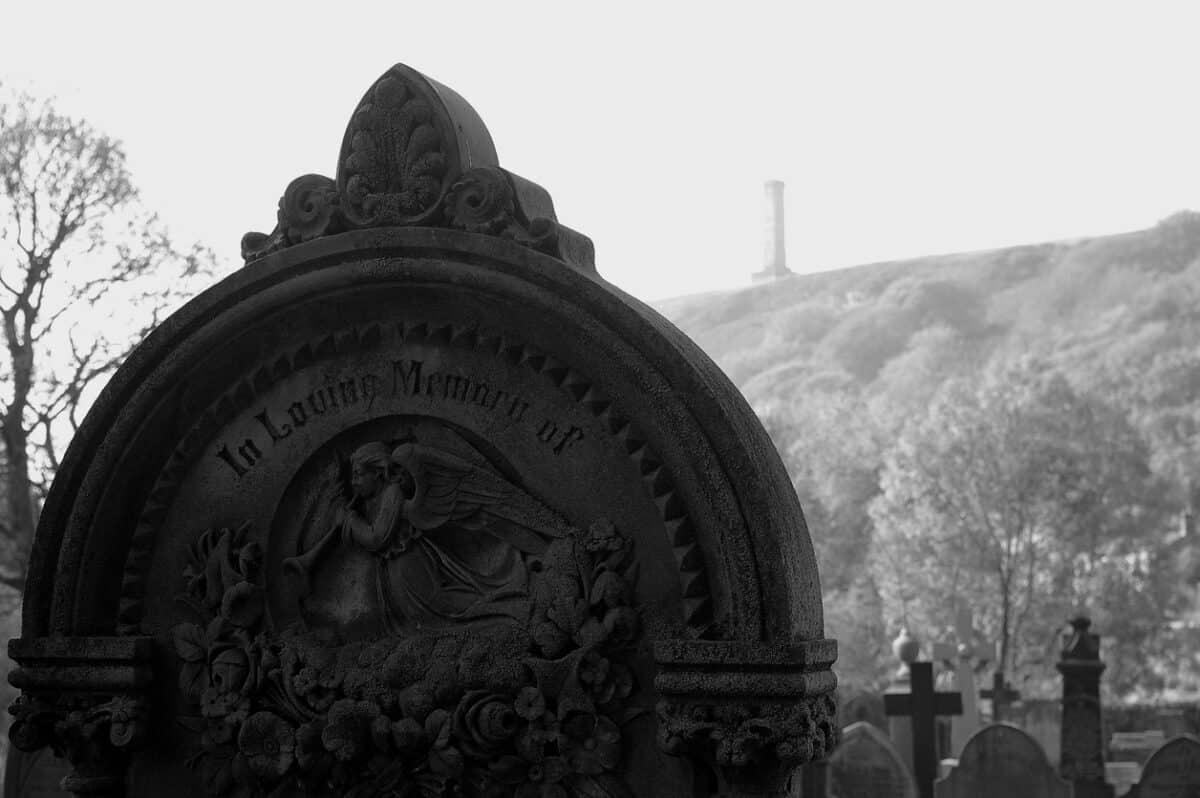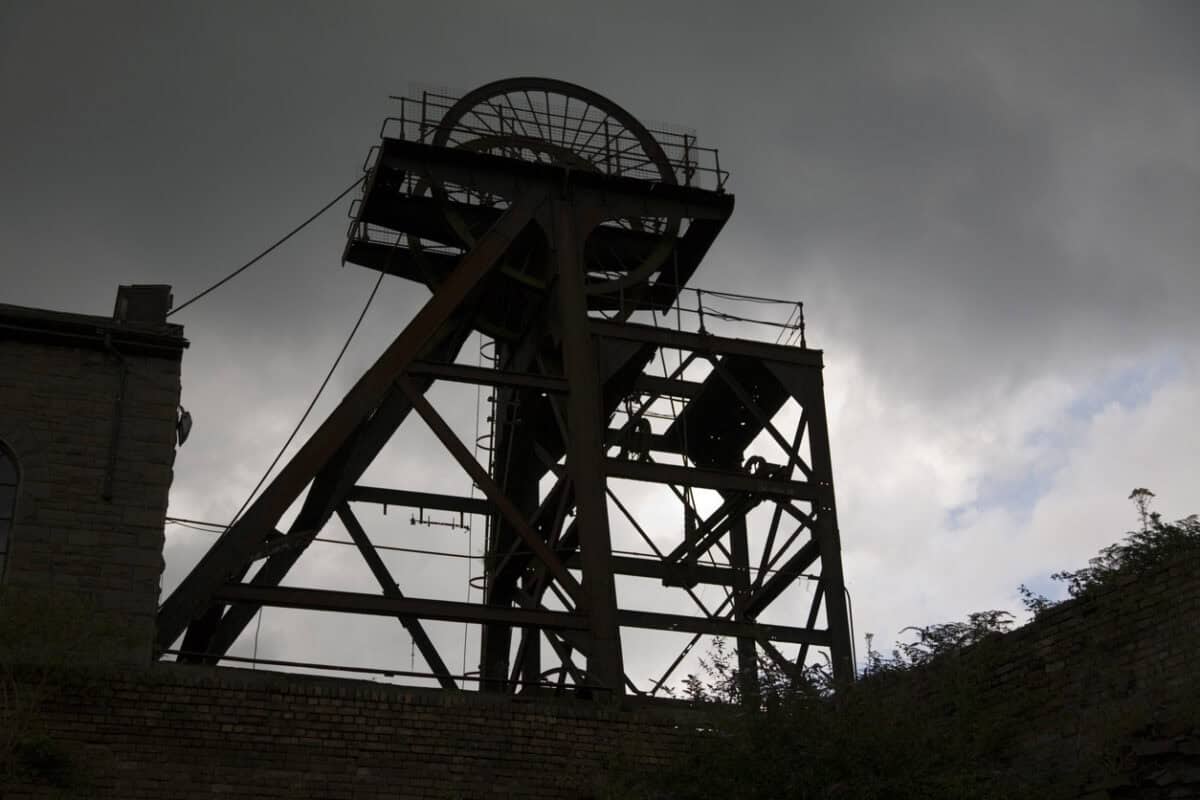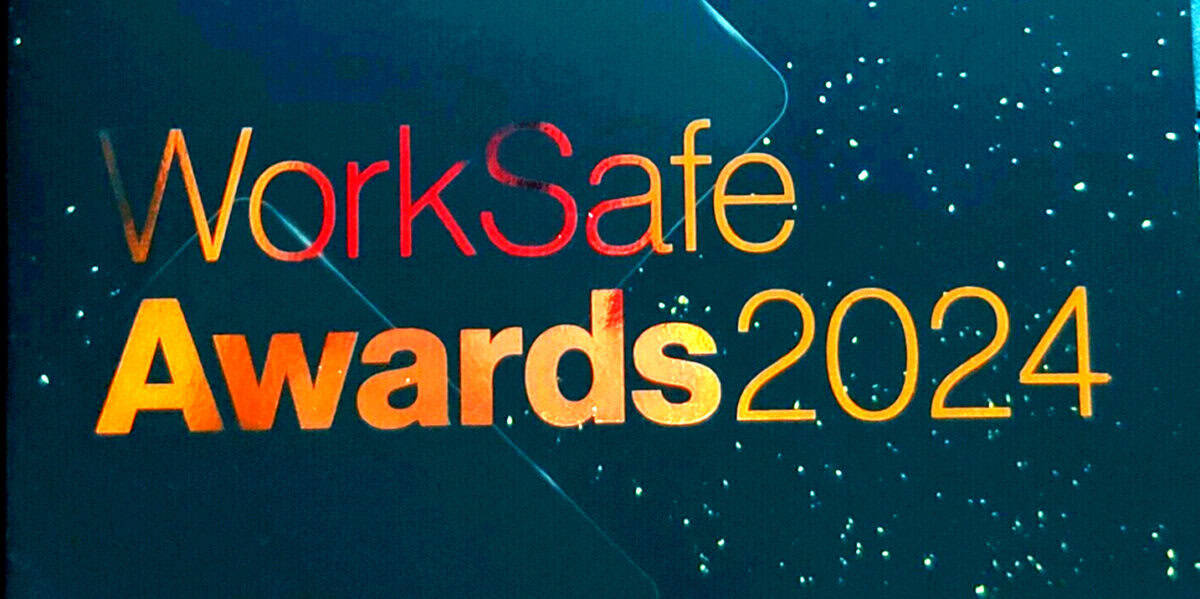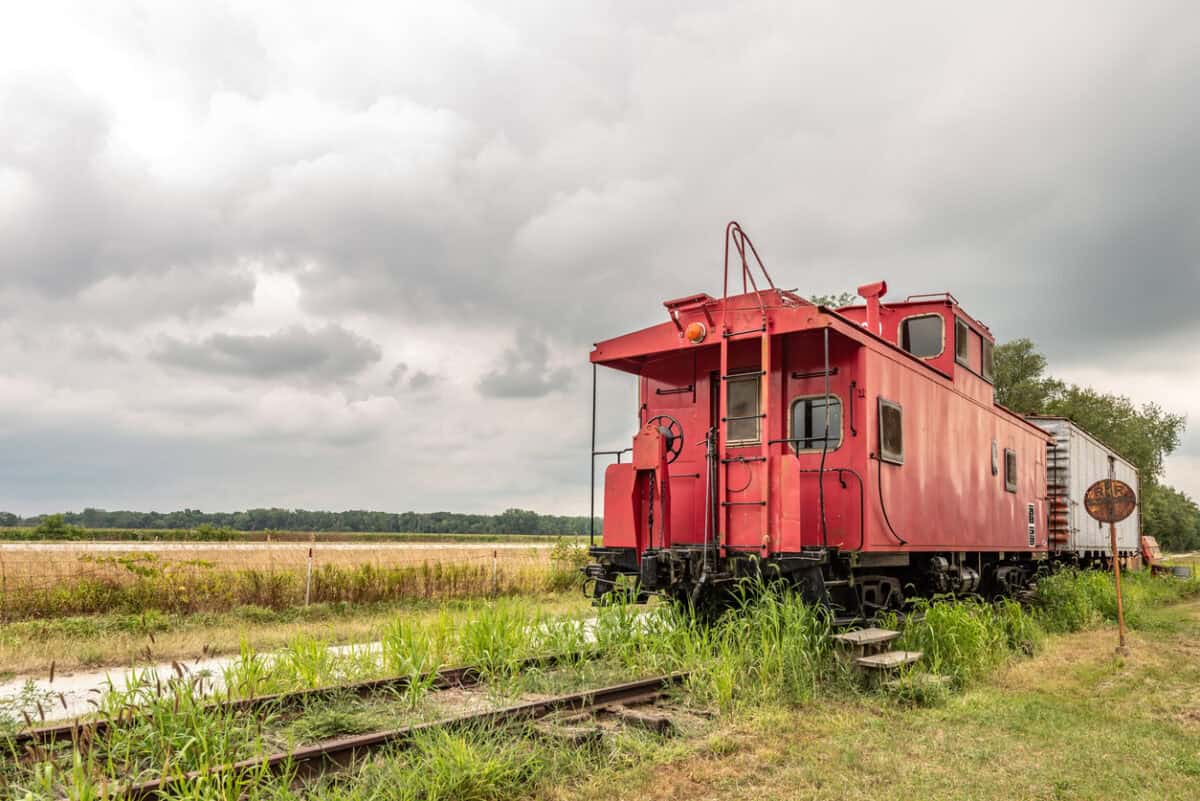Recently former WorkSafe Victoria executive, Dr Narelle Beer, penned an article in LinkedIn called “Going to work should not kill you!” The article is a good introduction to occupational health and safety (OHS) but some important points are overlooked or unexplored.
Category: Uncategorized
Why workplace Psychosocial Regulations will fail
Australia has learned much from its consideration of psychosocial factors that can generate psychological harm in workers over the last decade. By the end of 2025, all Australian jurisdictions will likely have re-emphasised the psychological elements of employers’ and workers’ occupational health and safety (OHS) duties. However, the legislative changes are likely to fail to improve workers’ mental health because at least one of those psychosocial factors is too confronting and uncomfortable to employers.
Farmer who killed his three-year-old goes to jail
At the end of February 2025, a farmer in England was jailed for 12 months following a successful prosecution by the Health and Safety Executive. In 2022, the farmer, Neil Speakman, drove over his three-year-old son, Albie, in a telehandler that Speakman was not qualified to use and had restricted visibility. Speakman was jailed after he failed to ensure the health and safety of his son.
If this type of incident had happened in Australia, it is uncertain whether a farmer would receive a custodial sentence because the community may feel that the farmer and their family would have “been punished enough” by the loss of their child. Why can England do what Australia resists?
All safety is political. It always has been
My great uncle dug into coal mine tailings with his bare hands to try and rescue the school children and teachers buried during the Aberfan disaster. His own grandchildren died. Both of my grandfathers suffered from lives spent underground; they both died young, one from lung cancer and silicosis.
For me, all safety is political. It always has been. It’s not party-political – but it can be. It’s political in the sense that all decisions in every aspect of our lives are a function of power and authority.
The 2024 WorkSafe Victoria Awards night
At the end of February 2025, WorkSafe Victoria held its annual awards night. The event met all of its requirements on the night—recognizing excellence and rewarding it—but it should also be a launching pad for innovation in occupational health and safety (OHS) and a media event in the broadest sense.
Politics on display at safety awards night
WorkSafe Vcitoria’s annual awards night for 2024 was held last week. It was an unexceptional night, with around 400 in the audience, most of whom were award finalists and their colleagues. Although unexceptional, it was not dull, as the finalists’ stories were often compelling. However, the event needs a boost. Perhaps not to the flamboyance of earlier this century with over 1000 attendees and dancing into the night, as that would not be a good political look, but it needs something.
What was not notable was the politics of the evening.
Psychosocial hazards discussions are everywhere, as they should be
New information about the need to prevent psychosocial hazards at work keeps coming. Victoria will join the workplace mental health train a little later than planned. It went from engine to caboose in four years. SafeWorkNSW has released guidance on Designing Work to Manage Psychosocial Risks and an enforceable undertaking by a New South Wales mine from a psychosocial incident.







